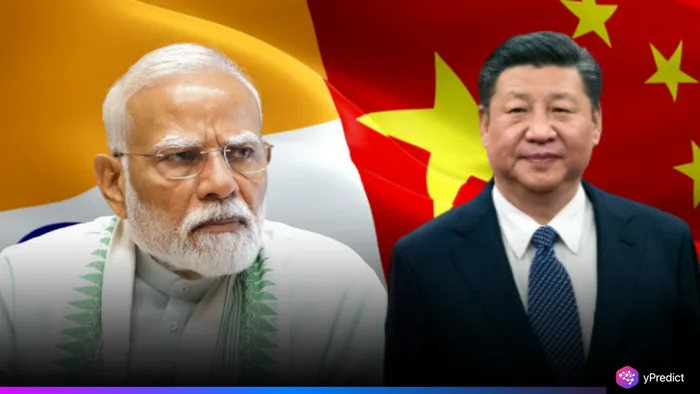
It appears that India and China are re-establishing diplomatic dynamics as the Indian foreign minister visited Beijing for the first time since the deadly clash along the border in 2020. A visit as significant in occupation space suggests a shift from outright hostility to at least a cautious willingness to progress into some sort of cooperation for both of the Asian states involved. Because this visit is one of the more meaningful and significant visits in some time, it may also lay the groundwork for more opportunities for discussion that can stabilize a troubled region.
The incident that killed 20 Indian soldiers in the Galwan Valley in June 2020 escalated Indian-Chinese relations, freezing any momentum diplomatically and leading to heightened military tensions along the Himalayan border, together with a sustained military presence from both sides. While each country in similar meetings has preferred to retain a mixture of military posturing and diplomatic dialogue, this is the first example of military diplomacy at this level, which establishes a rapprochement between the two nations that each regards with some suspicion.
A Historic Visit After Deadly Clashes
The foreign minister’s trip to China happens in a context of cautious optimism. This is the first such visit since violent confrontations in Galwan Valley killed 20 Indian soldiers and numerous Chinese troops. The skirmishes brought up strong nationalist sentiment in both places and triggered economic consequences including a ban on Chinese apps and tougher scrutiny on trade by both countries.
Over the last several months, border tensions have relaxed somewhat, with disengagement at four friction areas in eastern Ladakh signaling that both countries are quietly attempting to avoid escalation into future conflicts. The minister’s visit reflects this desire to stabilize and not let the entire relationship rest on the definition of a single flashpoint on the border.
Strategic Dialogue Gains Momentum
The visit is more than symbolic – it has important conversations about trade, regional security and presumably an agreement on staying in touch. Both countries understand the interrelationship between their economies as well as the interruptions to economies in Asia that could lengthen any potential conflict could bring.
The Indian minister reiterated a commitment to rebuilding trust through endless diplomatic connections during his meetings in Beijing, and emphasized the importance of keeping and respecting the border agreements and constructive peace along the Line of Actual Control. China responded with cautious optimism to show that China was open for the opportunity of improving relations.
Why This Visit Matters for Asia
The renewed diplomatic effort comes at a moment of complicated global alignment for both countries. Currently, India, Russia, the EU, and the US are drawn into the evolving reality of the geopolitics of the Indo-Pacific region. Both India and China have strong motivations to improve bilateral relations for strategic reasons. Regional stability is fundamental to almost all local economic development plans, energy corridors, and multilateral cooperation through regional agreements.
The world’s attention to India-China relations over the past 75 years has been significant. This diplomatic reset appears through all the jagged edges of actively managing the projections of both countries internationally and stimulating their internal development at home.
India’s vision of self-reliance and China’s internal economic rebalancing post-COVID is better served by peace or at least, provocation.
Looking Ahead With Cautious Optimism
The visit denotes more than a symbolic gesture; there will be important discussions on trade, regional security and an understanding as to how to keep in contact with each other. Both countries recognize the importance of their economic interdependence and the interruptions to the economies across Asia that may arise from a prolonged conflict.
In his meetings in Beijing, the Indian minister emphasized the potential to build trust through the pursuit of ongoing diplomatic work and highlighted the need to respect border agreements and peace along the Line of Actual Control. China responded cautiously but with optimism, and asserted that it is open to improving relations.







